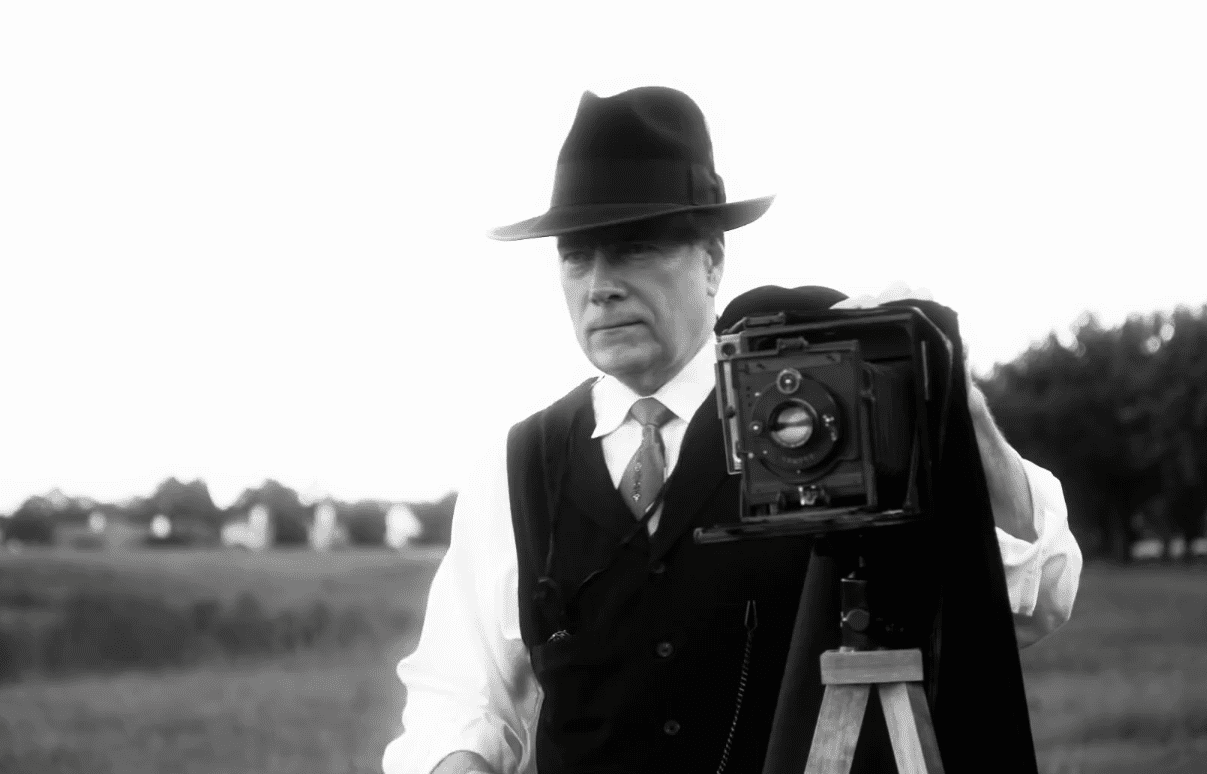In today’s age of video first marketing and media, we are inundated with hundreds of video clips on any given day. The key to standing out in this barrage of media is powerful storytelling. One way to create impactful stories is by using archival footage to take people back in time, or to bring forth your audience’s memories.
So what is archival footage exactly?
Archival footage is video clips that have been captured in the past. This may be historical, vintage or retro footage. Oftentimes these clips are a lower resolution (or quality) and may have visible grain or a more “sepia toned” color grading providing a lot of warmth and depth to the footage.
Where can I find archive footage?
Archival footage is an often sought after form of media, but it’s a tricky one to get your hands on and to understand if you can use it in your projects. So how do you get started? Don’t fret, we’re here to help guide you.
Let’s firstly start with personal use or editorial projects. Resources such as the US Department of Interiors archives and the Internet Archive are good starting points, however they have a few drawbacks to consider and understand before diving headlong into thousands of archive materials. Those sites host large catalogs of material, and can be hard to search and sort through to find what you are looking for – especially if you are not looking for a specific event or location. Usage of clips found on those sites is also a tricky one to navigate, if you are looking for a clip to use in a school project, those will serve you perfectly, but for commercial or marketing purposes you will need to seek out a place to legally license archival works for your needs.
TIP: do some preliminary internet research on your topic and create a shortlist of requirements and preferred clips before starting your archive search. This makes it easier to evaluate the clips you come across and understand if they are actually what you are looking for.
For commercial projects (ones that you are commissioned to make; advertise a brand, product or service or is associated with a commercial entity or project), the internet archive is likely not for you. Why you may ask? Ensuring you have property commercial rights to use archival footage clips is a necessity to avoid costly legal action and/or take down notices. Commercial use requires a legal license and model and property releases for any recognizable people, property and locations.
How to use archival footage for video projects?
Now that we’ve unpacked what archival footage is and how to use it for personal use, what about commercial or commissioned video projects? Full stop, start with licensing your archival footage clips from a reputable stock footage provider, and ensure you are licensing content that can be used for commercial purposes (not editorial use only.) And that have all your needed releases and protections. Shameless plug, but we at Storyblocks have a ton of awesome archival footage and can ensure you gets the rights and clearances you need. Check out some of our archival footage here, and take a spin leveraging our video editor Maker for your next project.
How to recreate a Vintage video effect
So you’ve searched through what feels like all the archival footage and you can’t find what you need, or you want to mix archival and current footage but the colors and resolution are vastly different. Don’t fret, there’s an easy fix. First up, color grading. The most impactful thing you can do to get all your clips to feel like they are a visual similar look and feel, is to ensure they have a similar tone and tint. You can do this quite a few ways, check out these videos on using luts and presets to apply an even color grade.
TIP: archival footage is often desaturated and has a sepia tone, try recreating this for an authentic look and feel.
Next is resolution and frame rate, with newer clips the quality is just too good to pass as archival footage. The frame rate and high resolution are too reasons for this.
Consider using HD or lower resolution clips, and try to match the frame rate of your archival clips. That can often be enough to seamlessly blend between old and new footage. But if not, don’t fret – templates and effects are your best friend to give it the added archival feel.
TIP: search for templates with keywords such as film grain, vintage and archival. Play around until you find something that works perfectly for your needs.
How Storyblocks helps people tell better stories
More and more your social media feed is full of endless scrolling and copious amounts of footage. But what footage stands out, and makes you stop and click? Stories, that’s what. Content that engages an audience and evokes emotion. The key to engaging audiences is telling better, and more authentic stories. Here’s where we come in. Storyblocks is the world’s first stock media subscription service offering video, audio, and images.



